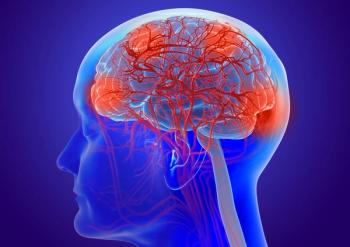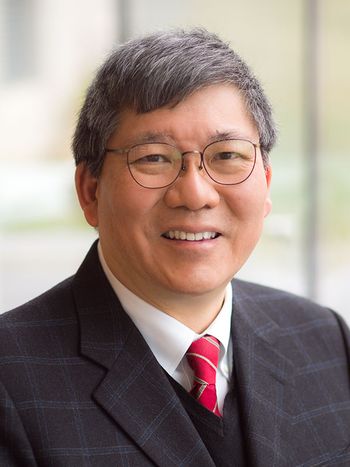
Peptide Vaccine Shows Clinical Benefit in Glioblastoma
A personalized peptide vaccination shows clinical benefit for human leukocyte antigen-A24-positive glioblastoma multiforme patients refractory to temozolomide-based therapy.
A personalized peptide vaccination (PPV) shows clinical benefit for human leukocyte antigen (HLA)-A24-positive glioblastoma multiforme (GBM) patients refractory to temozolomide-based therapy, according to a study presented at the 2017 American Society of Clinical Oncology (ASCO) Annual Meeting, held earlier this month in Chicago (
No approved treatment improves overall survival (OS) in GBM patients, although bevacizumab has been shown to improve progression-free survival. All peptide-based vaccine trials have failed to improve outcomes, but this failure might partly be due to the large diversity of immunologic features of GBM, said lead author Mizuhiko Terasaki, MD, PhD, of Kurume University, in Kurume, Japan.
“The preexisting balance of various cytokines and chemokines might cooperatively facilitate the PPV-motivated activation of cytotoxic T lymphocytes, followed by moving toward tumor sites,” said Terasaki.
In an earlier phase I PPV immunotherapy trial of 12 recurrent GBM patients who were temozolomide-refractory, the researchers found that PPV monotherapy was safe and active in suppressing cancer progression and may extend patients survival by enhancing immunoreactivity.
In a new double-blind, phase III trial, 88 HLA-A24-positive GBM patients refractory to temozolomide-based therapy from 20 Japanese hospitals were randomly assigned to receive PPV treatment (58 patients) or best supportive care (BSC; 30 patients). Four peptides chosen from 12 peptide candidates based on pre-vaccination IgG levels specific to each peptide or four corresponding placebos were injected subcutaneously once weekly for 12 times at the first course, followed by biweekly vaccinations until disease progression.
The primary endpoint of OS was not met in this clinical trial. Median OS was 8.4 months with PPV and 8 months with BSC. This may have been due to unfavorable prognostic factors, including performance status 3, higher plasma levels of pre-vaccination granulocyte macrophage-colony stimulating factor (GM-CSF), and PPV containing SART2-derived peptides.
In a subgroup of 78 patients with good performance status (50 patients with PPV and 28 with BSC) who were younger and who had received PPV without SART2-derived peptides, the median OS was 11.1 months for PPV patients and 5.3 months among responders.
“For the patients who had either lower levels of GM-CSF or four peptide vaccinations that did not include SART2-derived peptides, OS was significantly longer than that of the corresponding BSC patients. In contrast, the median OS of PPV patients who had both higher levels of GM-CSF and four peptide vaccinations containing SART2-derived peptides was significantly shorter than that of the corresponding BSC patients,” said Terasaki, who added that the addition of exogenous GM-CSF might change the pre-existing cytokine balance of certain patients.
Also, the chemokine monocyte chemoattractant protein-1 (MCP-1) could be a predictive marker for SART2 peptide since PPV with SART2-93 peptide could be a risk factor for patients with lower MCP-1, said Terasaki.
The most common adverse events were skin reactions at the injection site. Dermatologic adverse events were observed in 6 of the 58 PPV patients. A single grade 3 adverse event (pulmonary embolism) was the only PPV-related adverse event of grade 3 or higher.
In conclusion, “PPV monotherapy could be a new treatment modality for HLA-A24-positive GBM patients refractory to TMZ-based therapy, since this approach showed clinical benefit and safety under precision medicine-based pre-vaccination selection of appropriate patients,” said Terasaki.
Newsletter
Stay up to date on recent advances in the multidisciplinary approach to cancer.





![According to John Henson, MD, “What we need are better treatments to control the [brain] tumor once it’s detected.”](https://cdn.sanity.io/images/0vv8moc6/cancernetwork/e0d29c38bb732429ae370e4ef7d1829a10c96446-2992x1684.png?w=350&fit=crop&auto=format)















































































